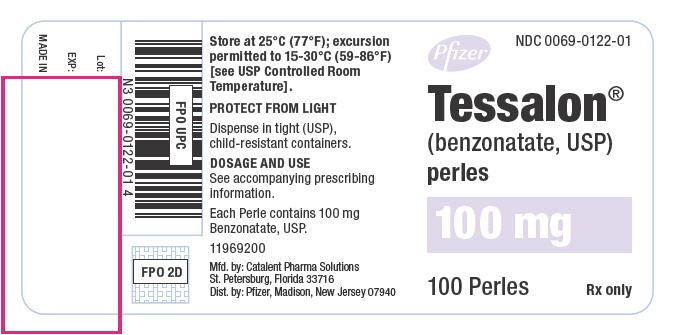The intricate structure of the human foot, comprising 26 bones, 33 joints, and over 100 muscles, tendons, and ligaments, is a marvel of evolutionary engineering. However, this complex arrangement also makes the foot susceptible to various injuries, with broken bones being among the most common and debilitating. A broken foot, also known as a foot fracture, can significantly impair one’s mobility and quality of life, necessitating prompt and appropriate medical attention.
Understanding Foot Fractures
Foot fractures can occur in any of the bones in the foot, but they most commonly affect the metatarsal bones (the long bones in the foot), the calcaneus (heel bone), and the talus (ankle bone). The severity and symptoms of a broken foot can vary widely depending on the location, type, and severity of the fracture. For instance, a stress fracture, which is a small crack in a bone, might cause gradual onset pain, whereas a more severe fracture could result in sudden, intense pain and noticeable deformity.
Causes and Risk Factors
Several factors can increase the risk of suffering a broken foot. These include:
- Overuse or repetitive stress: Stress fractures are common in athletes who participate in sports involving running or jumping.
- Trauma: A direct blow to the foot, such as dropping something on it, can cause a fracture.
- Osteoporosis: Weakened bones due to osteoporosis can increase the risk of fractures.
- Poor footwear: Wearing shoes that do not fit properly or do not provide adequate support can lead to foot fractures.
Symptoms
Identifying the symptoms of a broken foot is crucial for seeking timely medical care. Common symptoms include:
- Pain: The pain can be severe and may worsen with activity.
- Swelling and bruising: These are common around the site of the fracture.
- Deformity: In some cases, the foot may appear deformed or misshapen.
- Difficulty walking: Putting weight on the foot can be extremely painful.
Diagnosis and Treatment
Diagnosing a foot fracture typically involves a physical examination and imaging tests such as X-rays or an MRI. The treatment approach depends on the severity and location of the fracture. For stress fractures or minor fractures, treatment may involve rest, ice, compression, and elevation (RICE), along with pain management and possibly a walking boot or cast to immobilize the foot. More severe fractures may require surgery to realign and stabilize the bones, followed by a period of immobilization and rehabilitation.
Prevention Strategies
While not all foot fractures can be prevented, certain measures can reduce the risk. These include:
- Wearing proper footwear: Shoes should fit well and provide adequate support.
- Maintaining a healthy diet: A diet rich in calcium and vitamin D can help strengthen bones.
- Engaging in regular exercise: This can improve bone density, but it’s essential to avoid overtraining.
- Avoiding smoking: Smoking can decrease bone health.
Recovery and Rehabilitation
Recovery from a broken foot can take several weeks to several months, depending on the severity of the fracture. A comprehensive rehabilitation plan, including physical therapy, can help restore strength, flexibility, and range of motion to the foot. It’s crucial to follow the healthcare provider’s instructions carefully to ensure proper healing and minimize the risk of complications.
How long does it take for a broken foot to heal?
+The healing time for a broken foot can vary significantly, ranging from a few weeks for minor stress fractures to several months for more severe fractures. It's essential to follow the treatment plan provided by your healthcare provider for optimal recovery.
Can you walk on a broken foot?
+It's generally advised not to walk on a broken foot, as this can worsen the injury and prolong recovery. However, in some cases, with proper immobilization and support (such as a boot or cast), walking may be possible under the guidance of a healthcare professional.
How can I prevent getting a broken foot?
+Preventing foot fractures involves a combination of maintaining a healthy lifestyle, including a balanced diet to support bone health, regular but not excessive exercise, avoiding smoking, and wearing proper footwear. It's also important to address any underlying health issues that could weaken bones, such as osteoporosis.
In conclusion, while a broken foot can be a painful and debilitating injury, prompt medical attention and adherence to a treatment plan can facilitate recovery. Understanding the causes, symptoms, and prevention strategies for foot fractures is crucial for maintaining foot health and overall well-being. By adopting preventive measures and being mindful of the risks, individuals can reduce their likelihood of experiencing a broken foot and enjoy an active, healthy lifestyle.



